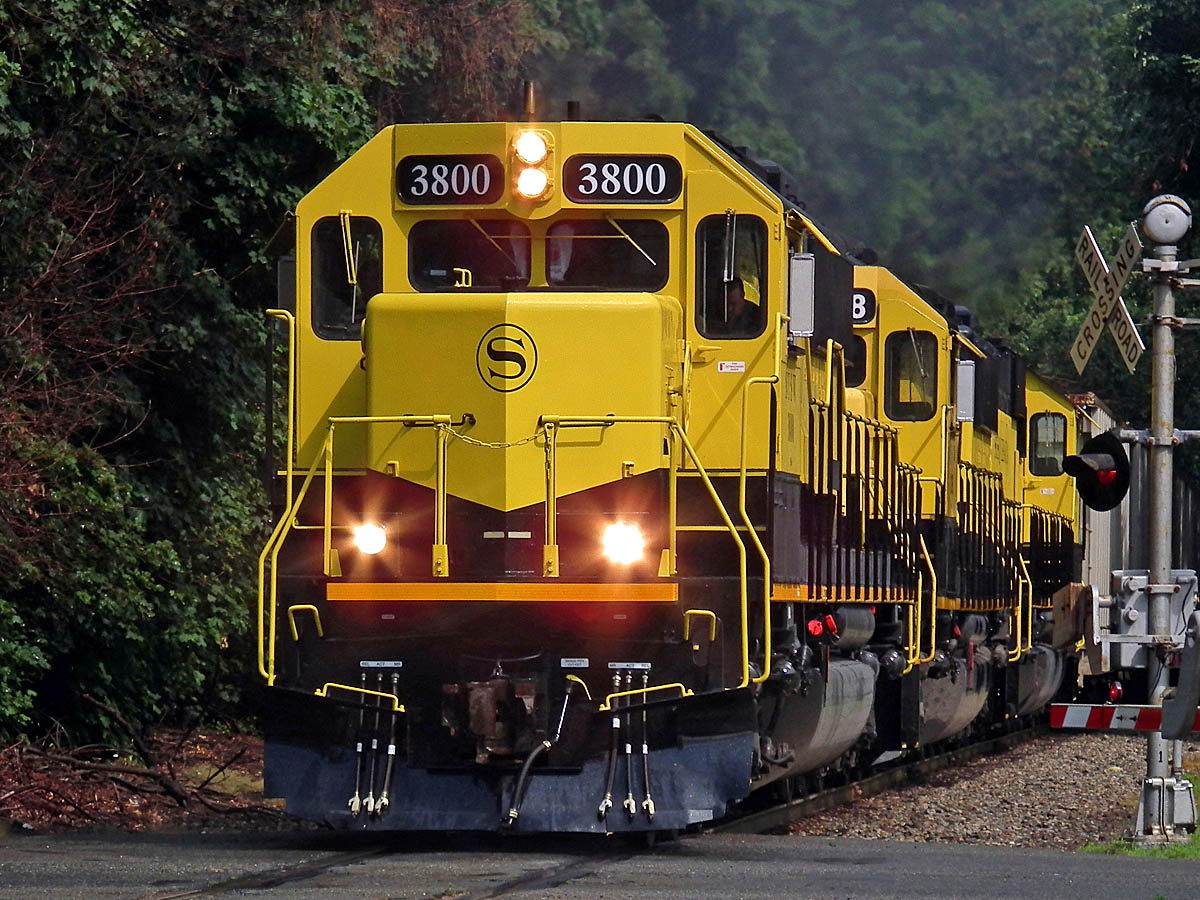
WASHINGTON – The Federal Railroad Administration on Thursday announced more than $368 million in Consolidated Rail Infrastructure and Safety Improvements (CRISI) grant program funds to 46 projects in 32 states and the District of Columbia.

The grants were awarded to passenger and freight projects, as well as several technology and safety development programs.
The Bipartisan Infrastructure Law nearly tripled funding for the CRISI program, to $1 billion a year for the next five years.
“Americans deserve a world-class rail system that allows people and goods to get where they need to go more quickly and affordably, while reducing traffic and pollution on our roads, Transportation Secretary Pete Buttigieg said in a statement. “We’re proud to award these grants to improve passenger rail for riders and strengthen the freight rail that makes our supply chains and our economy work.”
“These awards will allow FRA to support rail projects that lay the groundwork for future economic growth,” FRA Administrator Amit Bose said.

CRISI-funded projects will enhance multimodal connections, address slow orders, and improve 100-year-old track, the FRA said.
Two dozen of the CRISI grants went to members of the American Short Line and Regional Railroad Association.
“We thank Congress for making these vital resources available, and we applaud the FRA for putting them to use in such a smart, efficient way,” ASLRRA President Chuck Baker said. “There’s no better bang for the buck than investing in short line freight rail, which is so often the critical first and last mile for moving goods and freight nationwide. The investments announced today will enhance the safety of freight movement, promote an environmentally sustainable mode of transportation, take freight off crowded highways, and provide a profound economic benefit to hundreds of short line freight rail customers and communities, largely in small town and rural America.”
Short line railroad-related grant recipients and project beneficiaries, listed by state, include:
- Alaska Railroad (Alaska) – $3,144,277 to replace an aging 62-foot, single-span thru girder bridge with a new 75-foot, single-span deck plate girder bridge to increase capacity;
- Alabama & Tennessee River Railway (Alabama) – $4,962,110 to make improvements including upgrading siding to handle increased traffic and speed, enhancing signaling, eliminating bridge defects and other efforts that will improve safety;
- Port of Little Rock (Arkansas) – $5,569,373 to help the inland port railroad increase capacity and reduce fuel use, including adding 11,215 feet of track, constructing an engine maintenance facility, a training room with up-to-date equipment, a safe room in case of tornadoes, a storage room and a tools and parts room to increase capacity;
- Florida Gulf & Atlantic Railroad (Florida) – $8,300,000 to replace 70,000 ties, install approximately 14,300 new ties, rehabilitate 11 sidings and repair 60 grade crossings to meet growing demand;
- Heart of Georgia Railroad (Georgia) – $6,190,136 to assist with replacing rail and crossties and upgrade track to accommodate 286,000-pound loads along 51 miles of track, as well as replace 18 miles of rail, replace 2,750 crossties and carry out surface and ballast improvements to improve efficiency and train movement;
- Georgia Southwestern Railroad (Georgia) – $2,950,000 to assist with upgrading rails and crossties along 65 miles of track, carry out maintenance, prevent closures and derailments and continue to support 286,000-pound loads and Class 2 track status to ensure and improve reliability and safety;
- Iowa Northern Railway (Iowa) – $7,173,452 to install 27.3 miles of continuous welded rail (CWR), including replacing 39-foot sections of jointed rails, enabling track to achieve an FRA Class 3 status allowing train speeds up to 40 MPH, improving efficiency and enhancing safety;
- Burlington Shortline Railroad (Burlington Junction Railway, Iowa) – $1,769,767 to replace two bridge spans that are 100-years old, ensuring carload weight does not need to be reduced to 263,000-pounds and that bridges do not need to be taken out of service, ensuring freight remains off roadways and on rail;
- Elkhart and Western Railroad (Indiana) – $2,618,173 to upgrade a nine-mile branch line to Class 1 track safety standards, expand rail siding capacity and replace three grade crossing surfaces, improving safety;
- Chicago, Fort Wayne & Eastern Railroad (Indiana) – $8,383,761 to replace existing rail infrastructure, including approximately 154,176 linear feet of rail, 42,826 ties and over 10,000 tons of ballast, and to replace 43 at-grade crossing surface with rubber seal/asphalt designed for handling heavier loads and improving efficiency;
- Kyle Railroad (Kansas) – $9,367,112 to assist with replacing 23.5 track miles of obsolete 85-pound sectional rail with new, modern 115-pound continuous welded rail, as well as replacing rail turnouts, improving and rebuilding crossings, replacing crossties, improving efficiency, enhancing safety, extending rail service to agricultural communities and advancing resilience;
- Cimarron Valley Railroad (Kansas) – $10,991,971 to assist with replacing 51,618 crossties, performing 3,577 flash-butt welds to rail, relaying 3.7 miles of rail in curves, applying new ballast to 67 miles of track and surfacing 85 miles of track, increasing volume, enabling the safe transportation of hazmat, preventing derailments and addressing climate change through transportation of biofuels;
- Central Kentucky Lines Railroad (Kentucky) – $7,380,600 to fund three efforts: a new freight rail-to-truck transload facility, rehabilitated track on the railroad’s mainline and improvements to an existing main yard transload facility, including switch replacements, rehabilitated grade crossings and track and facilities, all of which will help improve service;
- Great Lakes Central Railroad (Michigan) – $21,340,300 to assist with installing 4.25 miles of new rail, eliminating joints on an additional 41.25 mainline track miles, replacing or rehabilitating 11 bridges and culverts, and installing approximately 30,000 ties on mainline and siding track, improving safety, providing a more reliable transportation option for farms, factories and shippers, and addressing climate change through reduced idling, decelerating and accelerating from more efficient operations;
- West Michigan Railroad (Michigan) – $8,697,910 to fund improvement on about 10 miles of track, including rail and cross-tie replacements, reconstructed roadbeds and bridge and turnout repairs, with approximately 5.6 miles of track to be rebuilt, aiding the growth of existing industries and attracting new industries;
- Twin Cities & Western Railroad (Minnesota) – $1,478,000 to make improvements to 12.2 miles of track, including addressing deteriorating conditions by performing rail “joint elimination” via flash-butt welding to convert the existing infrastructure to continuous welded rail that is stronger, safer, reduces mainline derailments and decreases repair and maintenance costs, enhancing safety and creating economic benefits by connecting rural stakeholders;
- Red River Valley & Western Railroad (North Dakota) – $6,704,544 to assist in replacing 14.5 miles of old jointed rail, enhancing safety, bringing economic opportunities to rural businesses and farms and addressing climate change by moving grain production northward;
- Nebraska Central Railroad (Nebraska) – $6,317,982 to assist with completing the preliminary engineering, environmental clearance, final design and construction of four rail sidings, including through three grade crossings, to meet increased rail demand, alleviate congestion, increase the rail network’s resiliency and provide rail access to non-rail served industries;
- New York, Susquehanna and Western Railway (New York) – $2,931,122 to fund environmental analysis for and installation of 6.9 miles of continuous welded rail, new rail ties, ballast/surfacing, and four new switches, remedying fatigue problems associated with the jointed rail, allowing for the railroad’s main line to carry 286,000-pound railcars and increase track speeds from 25 mph to 30 mph, increasing capacity, safety and reliability;
- Wheeling & Lake Erie Railway (Ohio) – $6,868,768 to assist with constructing a new connecting track and extension of yard tracks to eliminate switching movements and allow trains to directly access the yard from two railway subdivisions, improving safety and reliability;
- Central Railroad of Indiana (Ohio) – $6,067,200 to assist in making safety improvements to four crossings, including enhanced signaling;
- Colebrookdale Railroad and Eastern Berks Gateway Railroad(Pennsylvania) – $14,681,397 to install continuous welded rail to handle 286,000-pound cars, rehabilitate or replace 14 bridges, construct two rail-served transload yards and six new sidings to increase capacity and meeting growing demand.
- Gettysburg and Northern Railroad (Pennsylvania) – $1,840,000 to rehabilitate 24 miles of track to improve safety standards, construct a new runaround track adjacent to existing track, upgrade 16 crossings with warning devices to LED signals, replace wigwag warning circuitry at two grade crossings and repair seven failed or failing culverts; and
- Appalachian and Ohio Railroad (West Virginia) – $1,617,824 to replace an antiquated traffic control system and install a new, modern rail detection system on the entire signaled section, improving safety.
A complete list of CRISI grant recipients is available here.






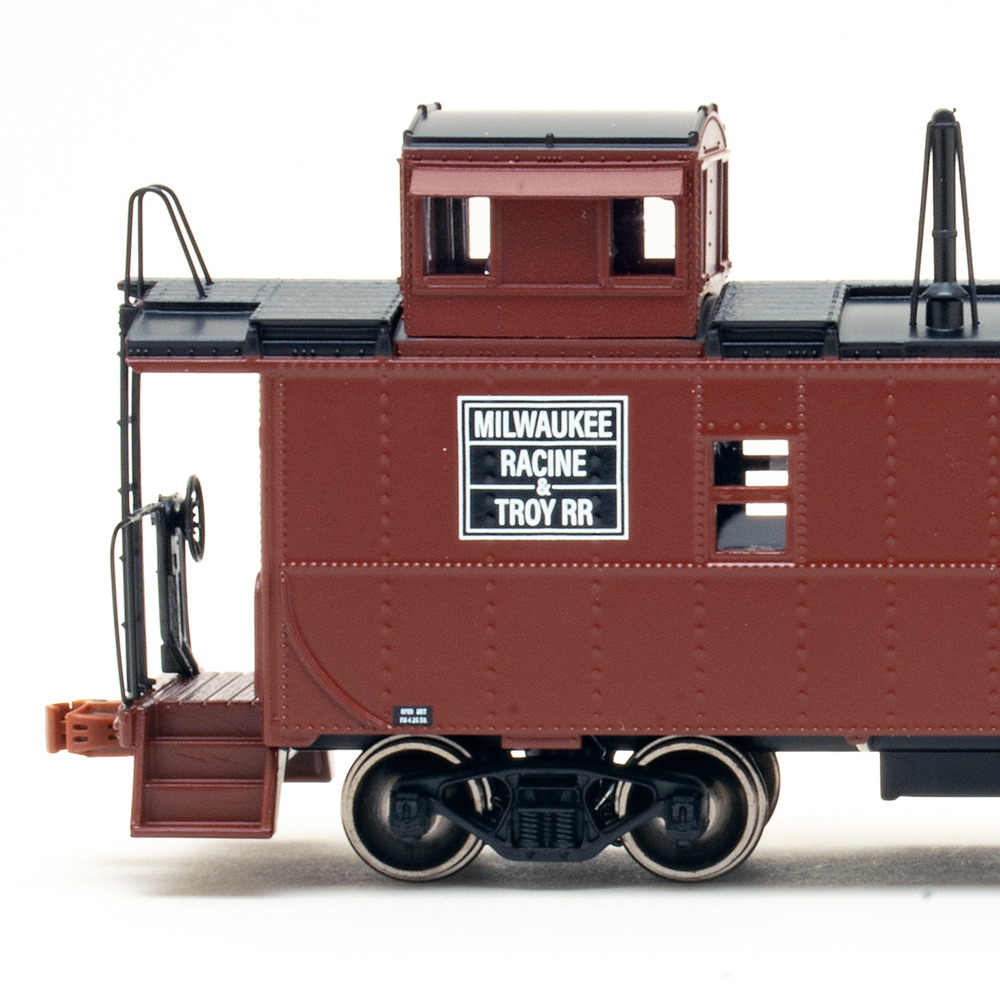
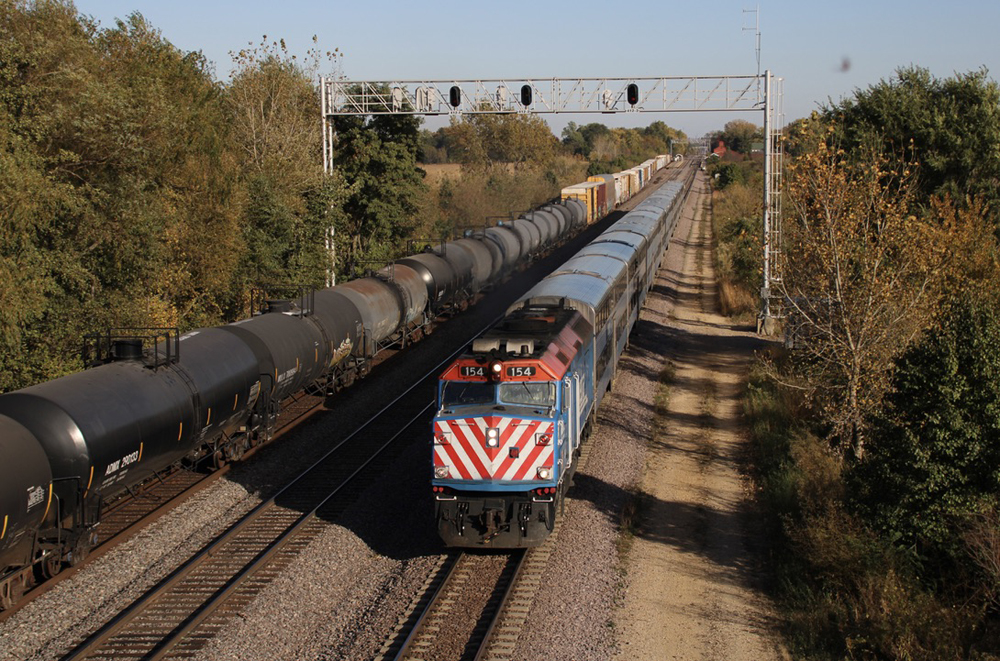
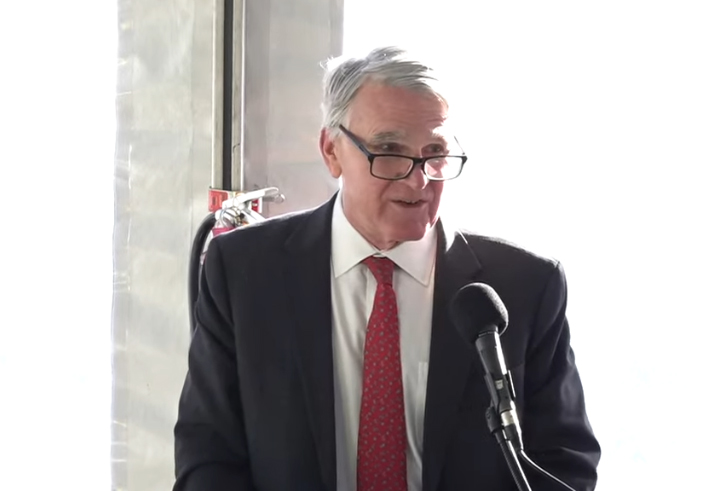
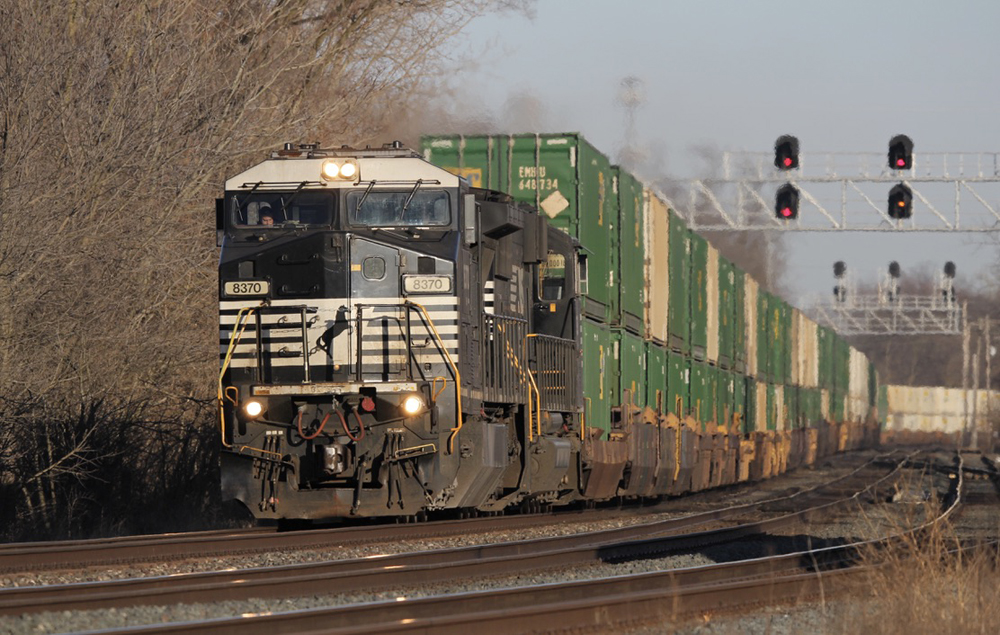




Hmm, didn’t know that the Alaska RR and the New York, Susquehanna & Western qualified as short lines…I thought those two have always been considered regional railroads at the least. For that matter, including the TC&W, RRV&W and W&LE as short lines is a little off too, those are all regional railroads…unless the definition of short line has changed within the last half a dozen years.
Wigwag warning circuitry? Does that mean they are still using the ancient wigwag warning signals on these 2 crossings?
Great news!